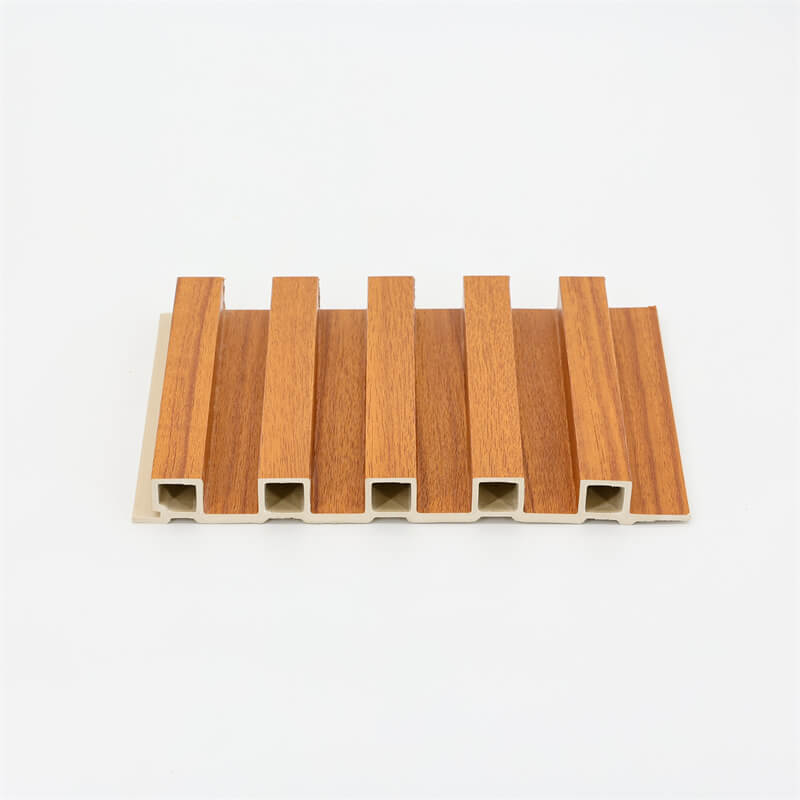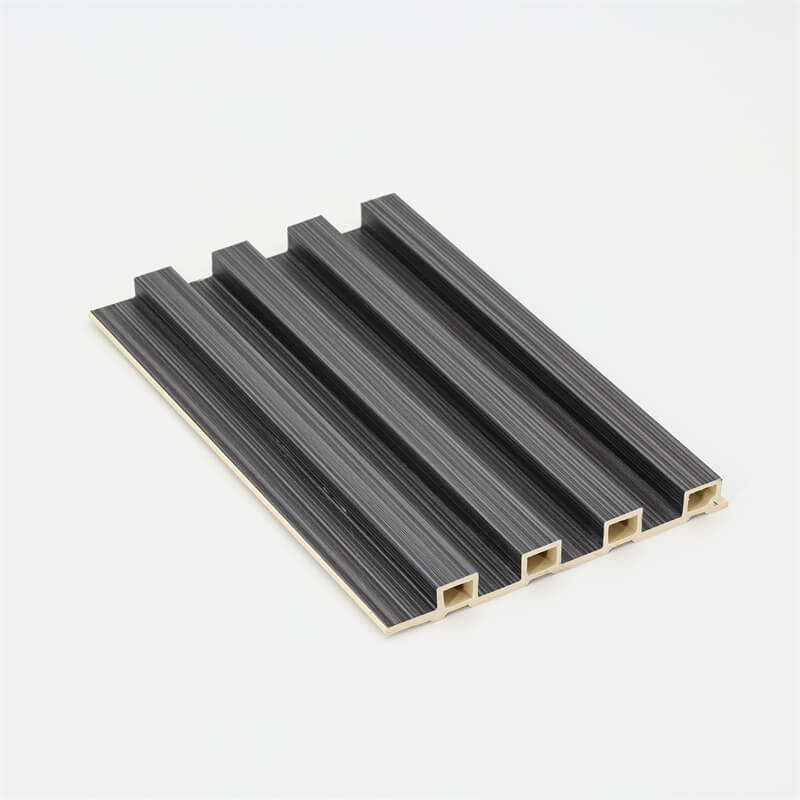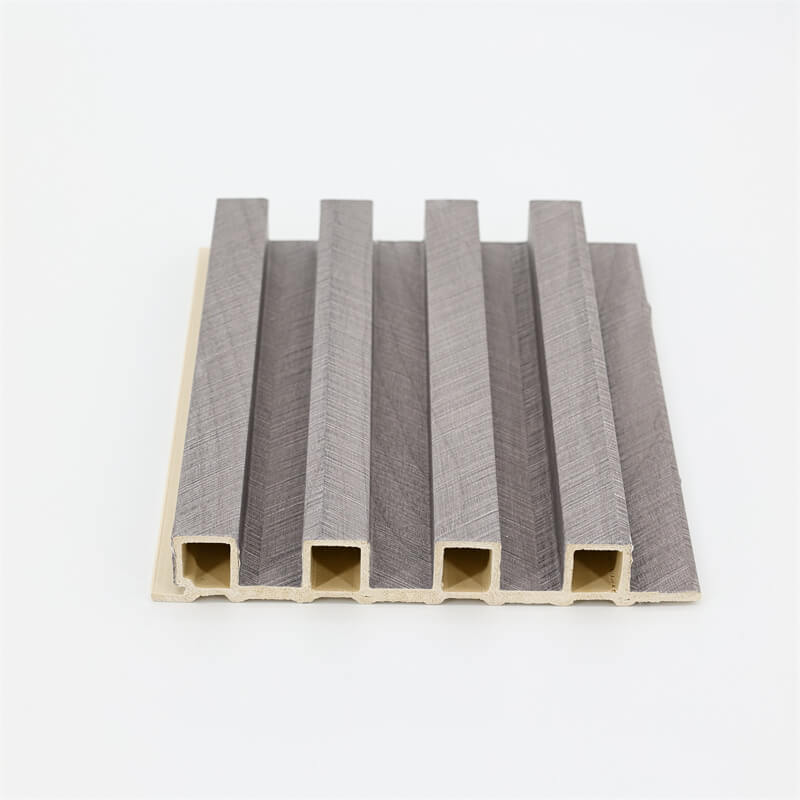
In the world of interior design, wall coverings play a vital role in enhancing the aesthetics and functionality of a space.
They not only serve as a protective layer for walls but also contribute to the overall ambiance of the room.
Over the years, traditional wall coverings like paint, wallpaper, and tiles have been the go-to options for many homeowners and designers.
However, with the advancement of technology and the introduction of innovative materials, WPC (Wood Plastic Composite) wall panels have emerged as a compelling alternative.
This essay aims to compare WPC wall panels with traditional wall coverings, exploring their unique features, advantages, and disadvantages,
to help individuals make an informed decision when choosing the right option for their space.
Understanding WPC Wall Panels
WPC, short for Wood Plastic Composite, is a modern material that combines wood fibers or sawdust with thermoplastics.
The resulting composite material exhibits the natural appearance of wood while providing the durability and low maintenance benefits of plastic.
WPC wall panels are manufactured through a controlled extrusion process, ensuring uniformity in size and design.
The panels come in various styles, finishes, and colors, making them suitable for a wide range of interior design concepts.
WPC wall panels offer several advantages.
Firstly, they are highly resistant to moisture and water, making them ideal for areas with high humidity such as bathrooms and kitchens.
Additionally, their durable nature ensures longevity and minimizes the need for frequent replacements.
These panels are also eco-friendly, as they utilize recycled wood fibers and plastic materials, reducing the demand for fresh timber and contributing to a sustainable environment.
Moreover, WPC wall panels are easy to install, often employing a click-and-lock mechanism, allowing for a hassle-free application that doesn’t require professional expertise.

The Allure of Traditional Wall Coverings
Traditional wall coverings, such as paint, wallpaper, and tiles, have been prevalent in interior design for centuries, each offering unique characteristics that cater to different preferences and needs.
Paint is a classic wall covering that provides a vast array of colors, finishes, and textures to choose from.
It is relatively affordable, easy to apply, and allows for quick changes in the room’s color scheme.
However, paint is not as durable as other options and may require regular touch-ups, especially in high-traffic areas.
Wallpaper, on the other hand, exudes elegance and sophistication, transforming plain walls into captivating focal points.
It comes in various patterns and designs, ranging from subtle textures to bold prints, enabling homeowners to customize their spaces according to personal taste.
While wallpaper offers excellent aesthetics, it can be challenging to install and may not withstand moisture or humidity, limiting its suitability for certain areas.
Tiles, particularly ceramic or porcelain tiles, are commonly used in kitchens and bathrooms due to their exceptional water resistance and ease of cleaning.
They are available in an extensive selection of colors and patterns, catering to different design styles.
Tiles provide a sleek and polished look to spaces, but their installation can be labor-intensive, and they may be prone to chipping or cracking under certain conditions.

Pros and Cons of WPC Wall Panels
Like any other material, WPC wall panels have their advantages and disadvantages that potential users must consider.
Pros:
- Durability: WPC wall panels are highly resistant to wear and tear, making them suitable for areas with heavy foot traffic or the likelihood of accidental impacts.
- Moisture Resistance: The composition of WPC panels makes them impervious to moisture, preventing issues such as warping, swelling, or mold growth.
- Low Maintenance: These panels are easy to clean and require minimal upkeep over their lifespan, saving time and effort for homeowners.
- Eco-Friendly: Utilizing recycled materials, WPC wall panels contribute to sustainable practices and reduce environmental impact.
- Easy Installation: With user-friendly installation methods, WPC panels can be installed as a DIY project, eliminating the need for professional assistance.
Cons:
- Limited Designs: While WPC panels offer a variety of styles, they may not match the vast range of designs available in traditional wall coverings like wallpaper.
- Cost: The initial cost of WPC panels might be higher than some traditional options, although their durability and low maintenance can compensate for this over time.
- Fire Resistance: WPC wall panels may have lower fire resistance compared to other materials like tiles.
Making the Right Choice for Your Space
Choosing between WPC wall panels and traditional wall coverings depends on various factors, including the specific requirements of your space,
your aesthetic preferences, budget constraints, and the level of maintenance you are willing to undertake.
If you prioritize water resistance, durability, and low maintenance, WPC wall panels are an excellent choice for areas like bathrooms,
kitchens, and entryways. Additionally, their eco-friendly nature appeals to those seeking sustainable design options.
For homeowners who value a wide range of design possibilities, traditional wall coverings like wallpaper and paint can offer a greater diversity of patterns,
colors, and textures. However, they may require more frequent maintenance and replacement over time.
In conclusion, both WPC wall panels and traditional wall coverings have their merits and drawbacks, catering to different needs and preferences.
To make the right choice, it is crucial to assess the unique requirements of your space, consider the aesthetics you desire, and weigh the long-term benefits of each option. \
Whether you opt for the modern appeal of WPC wall panels or the timeless charm of traditional coverings,
your decision will significantly impact the overall look and functionality of your living or working environment.
